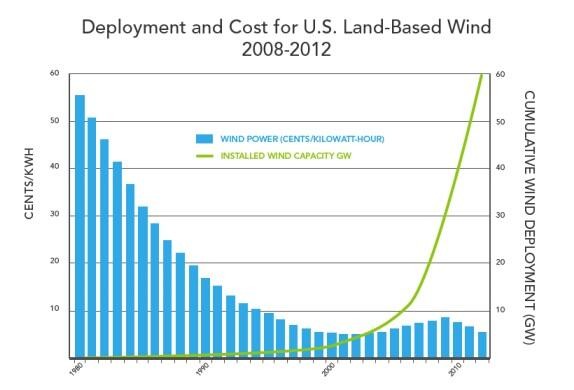Standardization The key to investor buyin on building efficiency
Post on: 23 Май, 2015 No Comment

Until now, administrative requirements and financing options for building energy efficiency retrofits have been all over the map. But that may be changing.
The U.S. energy efficiency industry will have to standardize projects before it can receive large-scale private financing, according to a recent Q&A with a senior manager at Citigroup.
Meanwhile, commercial building owners are skeptical that energy efficiency retrofits will be financially worthwhile.
Could these two thorny obstacles have a common solution?
Matt Golden, senior energy finance consultant at Investor Confidence Project (ICP), said the new Investor Ready Energy Efficiency trademark his team is developing will address both problems simultaneously. The trademark will be used in commercial and multifamily markets in Europe and the United States.
“We’re amazed at the outpouring of support, frankly,” Golden said. Although the trademark has not been promoted widely, he said, it clearly addresses an unmet need. Word is spreading about the project as outreach takes place in Texas, New Jersey, California, New York and Europe.
“We’re trying to create something equivalent to the LEED logo in the lobby for energy efficiency projects,” Golden said. “It’s not a perfect analogy. We’re not anything like the LEED logo in reality.”
“Out of the muck of energy efficiency projects,” Golden said, ICP is trying to create a two-step quality verification system that banks and other organizations will be able to accept as evidence that a retrofit project meets some investment criteria.
Certified project developers will have their projects verified by third parties during the planning phase before they seek financing .
To have a given project certified as an Investor Ready Energy Efficiency retrofit, developers need to have two components in place.
First, the company carrying out the retrofit must be certified by ICP. This ensures the company has staff who can apply a set of standard protocols developed by trade organizations. Second, the individual project must be reviewed by a third-party agency to make sure the process has been followed correctly.
Red tape
Applying this trademark within today’s market greatly could streamline quality control for energy efficiency retrofits. Obtaining project approvals is a very complex and time-consuming effort.
“Everyone has to go through this … due diligence process,” Golden said. “Every project is different. That manifests as really painful engineering review on every single asset. And that leads to lack of confidence in these projects.”
Golden said utility companies spend as much money on due diligence as they do on the actual energy efficiency projects.
Michael Eckhart, managing director and global head of finance and sustainability at Citigroup, has summed up the rocky terrain ICP is traversing in creating standard practices thusly:
“Energy efficiency is in a category by itself. With the exception of one company packaging energy efficiency, energy efficiency projects do not yet meet the requirements of capital markets, he said. The industry is just too disaggregated. No two projects or contracts are alike.
Banking on lower risk
That can lead to big problems when it comes to validating the business case for energy efficiency projects.

Securitization is not practical or possible under these circumstances, Eckhart said. Say you have 1,000 energy efficiency projects. Standard & Poor’s would have to read 1,000 documents to assess the risk. Fees won’t pay for that level of review.”
ICP has sought to simplify this difficult process to save time and eventually provide reliable results that banks can count on.
The ICP website stated the new energy performance protocols “define a standardized road map of best practices for originating energy retrofits.” These protocols rely on existing standards such as ASTM-BEPA, ASHRAE 14, EVO-IPMVP and others. The goal is to “create standardized projects with reliable returns.”
According to Golden, this road map covers baselines, savings projections, commissioning, installation, operations, maintenance, measurement and verification. Each category has standards, application information and documentation.
“We’re not creating any new art. We don’t create any standards whatsoever. We just assemble them,” Golden said. “Most good companies out there basically follow these procedures anyway.”
Golden said energy efficiency retrofit developers face three types of risk: credit risk, asset risk and performance risk. Credit risk involves the return on the loan. Asset risk involves the future value of the property. And performance risk involves the return on investment of the retrofit.
ICP is focusing on performance risk to ensure retrofits will yield the desired financial returns.
“The real ultimate goal is that we have classes of standard assets,” Golden said. “We’re basically copying every other asset class on the face of the earth, making energy efficiency a tradeable resource.”
It will take a while to build up energy efficiency for commercial and multifamily markets as an asset class, Golden said. But standardized protocols may move the industry in that direction.
This article originally was published by the Yale Center for Business and the Environment’s Clean Energy Finance Forum.














